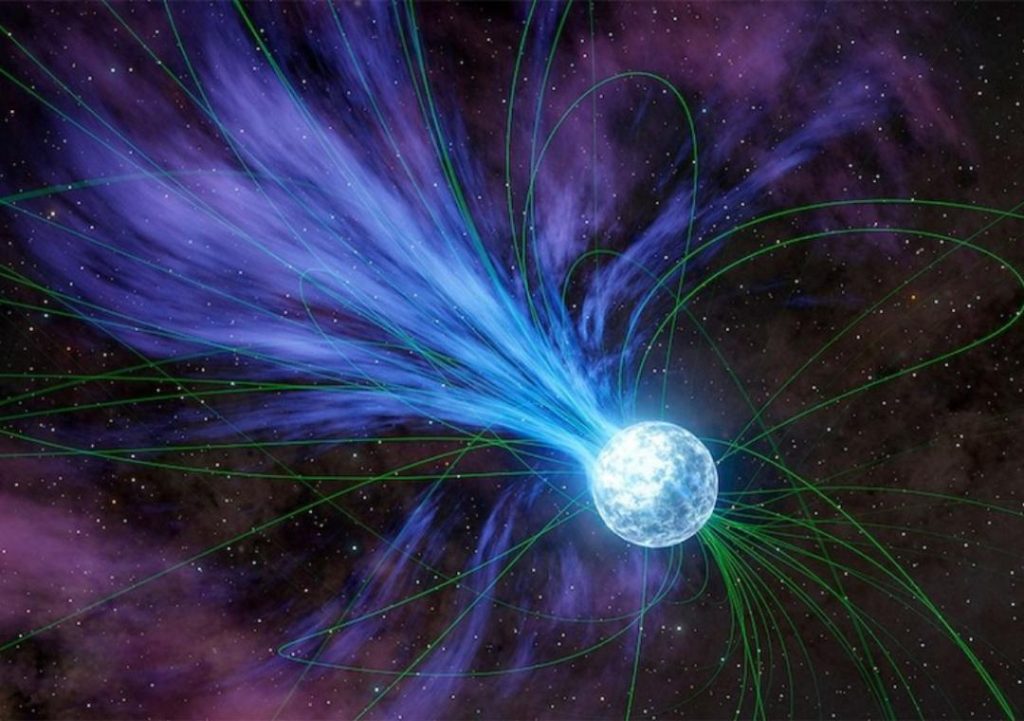
Gold & Platinum Created through Neutron Stars’ Explosions: Study
For centuries, humans have been fascinated by the origins of precious metals like gold and platinum. Where did they come from? How were they created? Until recently, scientists have been unable to provide a definitive answer to these questions. However, a groundbreaking study led by Columbia University student Anirudh Patel has shed new light on the mystery of these precious metals’ origins.
According to Patel’s study, magnetars, or highly magnetized neutron stars, played a crucial role in the creation of elements like gold and platinum. These elements were formed through an explosion of magnetars, which released flares containing these precious metals.
But what exactly are magnetars? Neutron stars are incredibly dense celestial bodies formed from the remains of massive stars that have undergone a supernova explosion. They are so dense that a sugar-cube-sized amount of their material would have a mass of about a billion tons. Magnetars, on the other hand, are a specific type of neutron star that has a magnetic field that is trillions of times stronger than the Earth’s magnetic field.
Patel’s study suggests that these magnetars explode approximately once per decade in the Milky Way galaxy and annually across the observable universe. When they explode, they release a massive amount of energy, including high-energy particles and radiation, which interact with surrounding material to create new elements.
The process of element creation through magnetar explosions is complex and involves the interaction of high-energy particles with atomic nuclei. In the case of gold and platinum, these elements are formed through a process called rapid neutron capture, or r-process nucleosynthesis.
R-process nucleosynthesis occurs when the intense radiation and particles released by the magnetar explosion interact with atomic nuclei, causing them to absorb neutrons and form heavier elements. This process is incredibly efficient, allowing for the rapid creation of heavy elements like gold and platinum.
The study’s findings have significant implications for our understanding of the origins of precious metals. For centuries, humans have been fascinated by the rarity and value of these metals, often attributing their value to their beauty and scarcity. However, it appears that the true value of gold and platinum lies in their cosmic origins.
The study’s lead author, Anirudh Patel, notes that the discovery of magnetars’ role in creating gold and platinum has significant implications for our understanding of the universe. “This study opens up a new window into the universe, allowing us to explore the mysteries of element creation and the formation of our cosmos,” Patel said.
The study’s findings also have implications for the search for life beyond Earth. The presence of gold and platinum on other planets could be indicative of the presence of magnetar explosions in their past, potentially providing evidence of the presence of life.
In conclusion, the study led by Anirudh Patel has shed new light on the origins of precious metals like gold and platinum. The discovery of magnetars’ role in creating these elements provides a fascinating glimpse into the cosmic history of our universe and has significant implications for our understanding of the origins of life.






